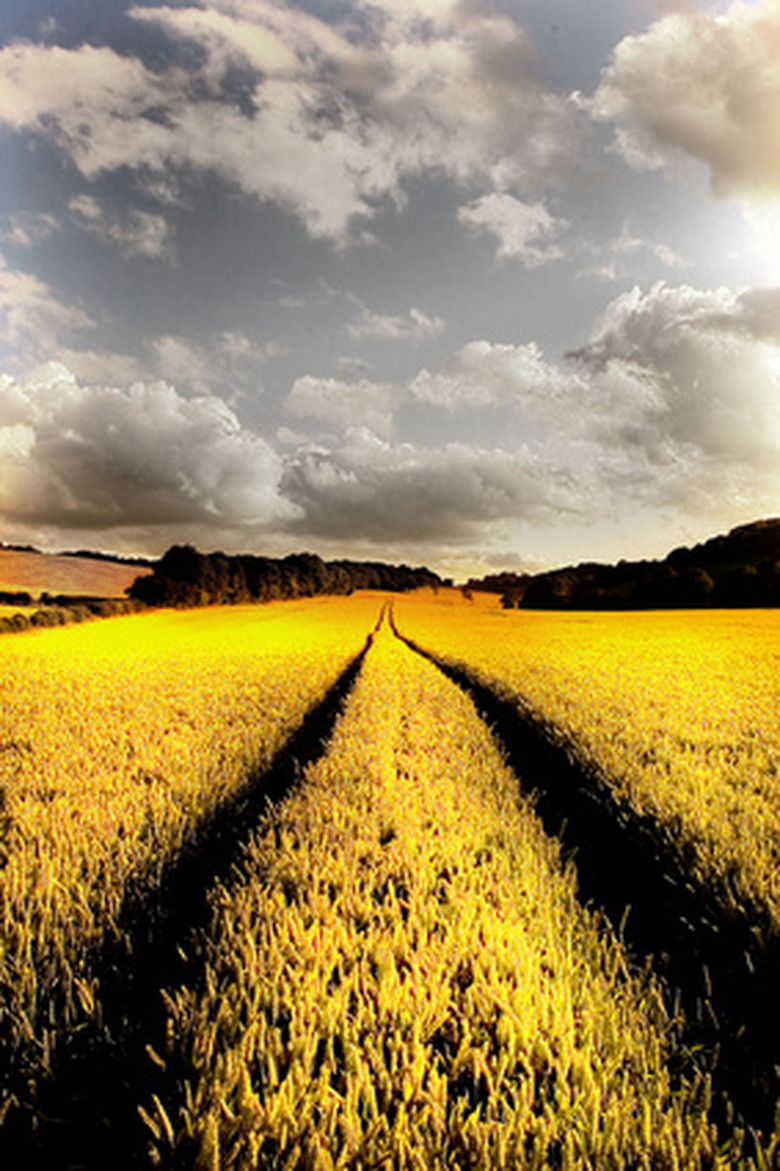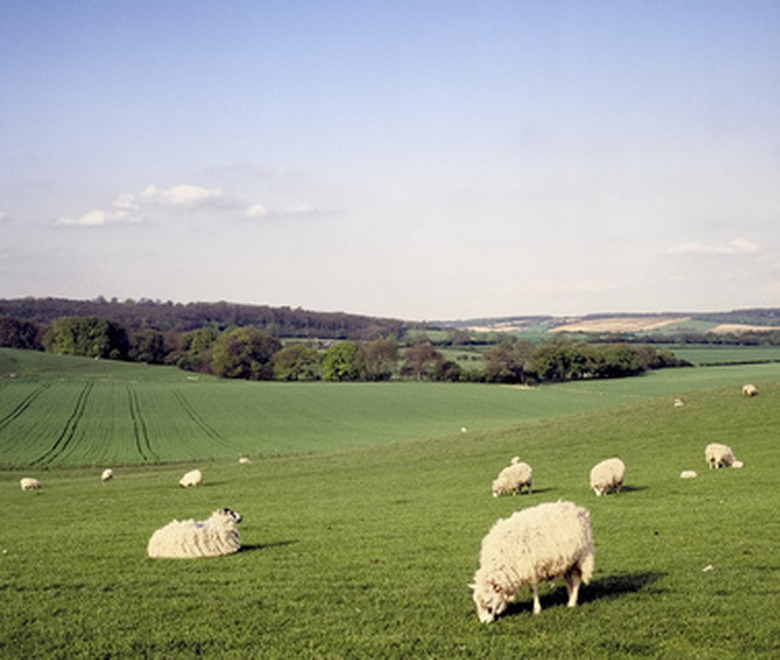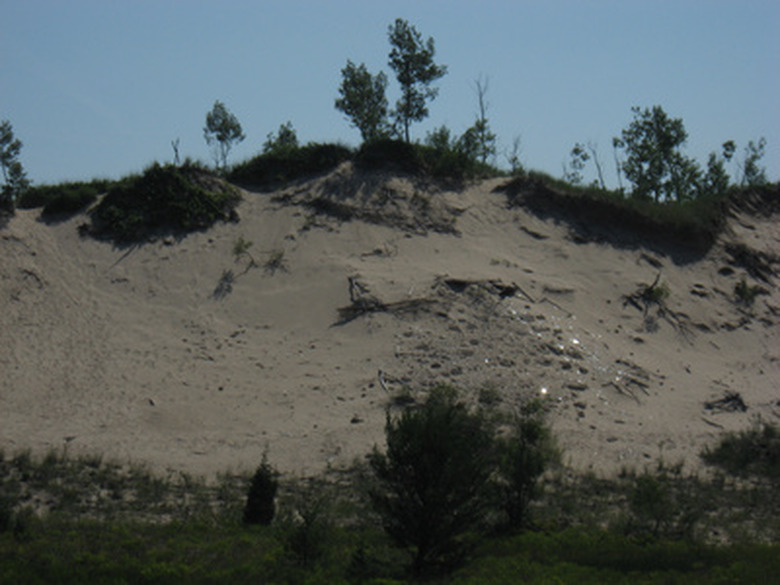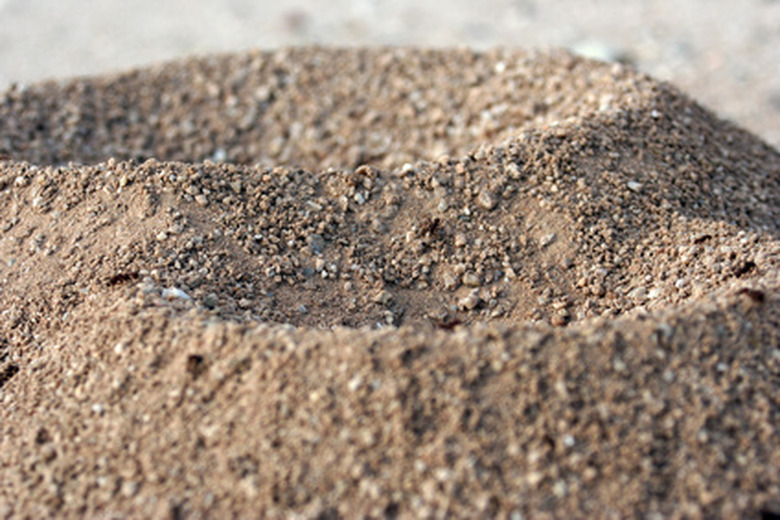Types Of Soil In Indiana
Indiana is famous for corn and other crops, mainly due to its fertile soils. Not all the soils in Indiana are fertile;however, due to different events—particularly glacial—that occurred thousands of years ago. The three main types of soil in Indiana are sandy, clay and Miami soils.
Miami Soil
Indiana's state soil is recognized as Miami soil. Miami soil is particularly fertile and used to grow soybeans, corn and winter wheat. However, the native vegetation for this soil type is actually hardwood forest. The abundance of Miami soil as well as other fertile farm soils in Indiana allows the state to be nationally recognized for its agriculture.
Miami soils, from surface to substratum, consists of brown silt loam, yellowish brown clay loam and brown loam. The Miami soil holds and drains water effectively, making it invaluable for agricultural uses.
Sandy Soils
Sand is the dominant soil near Lake Michigan and in north-central and southwestern Indiana. In these areas, much of the sand has been pushed and blown into dunes. The Indiana Dunes, a state park in northwest Indiana, is a prime example. Near Lake Michigan, the sandy soil is very wet and somewhat reduced. However, south of the lake the dunes are smaller and the soil is not as wet, making it slightly more suitable for crops.
In the north-central and southwest portions of the state, the sandy soil lacks the wetness and holds nutrients better than the sandy soil up north.
Clay Soil
Indiana has an abundance of clay soil throughout the state. The loamy Indiana soil, coveted by many gardeners and farmers, has clay in it. Clay is made of small particles, which are easily packed down. The clay itself does not drain well or let much air penetrate, but is an essential ingredient for good loam.
Clay soil alone is hard to plant in, although not impossible. It becomes easily compacted, but you can dig it up—which may be difficult due to its hard, condensed nature–and break it up or till it. You also can treat clay soil with large amounts of organic matter, such as animal manure and compost, to make the soil more garden-friendly. When adding these organic materials, you also should add nitrogen, as the organic material will compete with the plants, at first. Most plants will grow in clay if it is treated properly. When properly treated, clay soil is better for planting than sandy soils.



